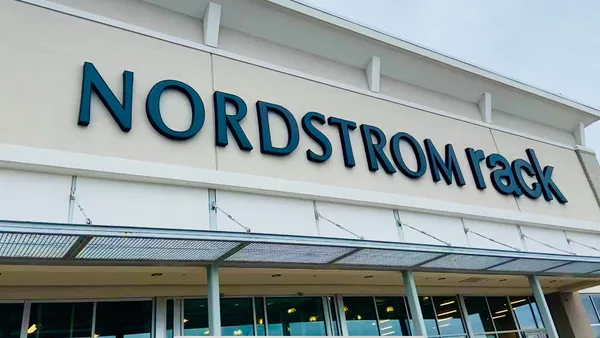Trevor Testwuide is the CEO and co-founder of Measured. Views are the author's own.
The Sears Roebuck catalog was direct to consumer before DTC was an acronym, and for more than 100 years, it was the heart of mail-order retail. Generations of Americans spent hours poring over Sears and other department store catalogs, circling items for their wish lists.
Today, instead of circling items in the catalog, we often put them in our electronic carts while we continue browsing. In 2016, 9.8 billion catalogs were shipped to consumers, according to the Data & Marketing Association. That's about half the 19.8 billion that went out a decade earlier. This is largely because the really big mailers are not mailing what they used to, but there are actually more unique brands in the mail than ever before.
While catalog might seem to be dated and expensive, the reality is there has been a huge resurgence in direct mail because it can be a very effective marketing channel for retail brands. Digitally native DTC brands are turning to catalogs to play a vital role in their growth beyond Facebook and Instagram.
"Leading marketers have realized that a marketing mix across channels drives the most growth," said Polly Wong, managing partner at Belardi Wong. "With more than 150 DTC brands launching direct mail campaigns over the last few years, we have seen this firsthand at Belardi Wong."
So why are brands that started as digitally native retailers taking a page from the Sears playbook?
There are several reasons:
1. The data
Data drives every well-run marketing organizations and the DNA of catalog fits right in. Like digital, catalog is an addressable channel with one-to-one targeting and measurement capabilities.
2. Catalog reporting is now timely
Catalog data has always been rich in insights, but it has historically been slow to report. Waiting the standard 30 to 45 days for catalog match-back reporting is no longer required. Today, it is available daily. DTC marketers now have precise and timely catalog measurements aligned to the reporting cadence of digital. This means lining up catalog to digital is now possible for timely portfolio investment decisions to compare prospecting across catalog, Facebook, non-branded search and other channels.
3. Facebook and Instagram have been saturated: Prices are up, marketers look to diversify
Many DTC brands claim to have Facebook and Instagram growth-hacker jedis on staff. Commonly, DTC brands have been pushing these channels as far as they responsibly can and have reached saturation. It's now more expensive, it's noisy and crowded, and catalog is one tactic proving to be a natural diversification option for growth marketers.
"With cost-per-clicks increasing more than 30% in the last year, you can mail 4-8 catalogs to a highly targeted audience for the cost of one Facebook click," Wong said. "You also can't understate the square inches in a catalog when it comes to driving response rates for new customer acquisition."
4. Social and catalog: Segment to win for a complementary execution
DTC will remain wedded to Facebook and Instagram for the foreseeable future. I am not suggesting catalog is a replacement for social. In fact, the two can complement each other well and be stronger when used in tandem.
We have seen recent evidence that, when used together, there was a 10% accretive lift in response rate on Catalog + Facebook executions compared to the control group. There is increasing evidence that Catalog + Facebook or Catalog + Digital executions are driving stronger results, but the ROI of such executions should be validated through testing.
Divide and Conquer: The classic cross-channel catalog strategy on the CRM file is to segment audiences based on recency, frequency and monetary value. Audiences are divided into RFM segments and catalogs are dropped to those that perform best. For RFM segments not receiving the catalog, Facebook and Instagram can be a more economical contact strategy to reach audiences less likely to buy.
More and more catalog agencies are offering similar cross-channel executions on the rental files for prospecting as well.
5. Test, learn, grow strategy works great for catalog
Many marketers have effectively adopted test-and-learn practices into their culture around digital tactics. They can almost immediately see whether a new social tactic like TikTok works for their brand, a new Instagram campaign attracted new customers or an email coupon campaign led to more sales.
Now that catalog measurement and reporting are moving closer to the pace of digital, it becomes a test, learn, grow option for fast-growing brands.











